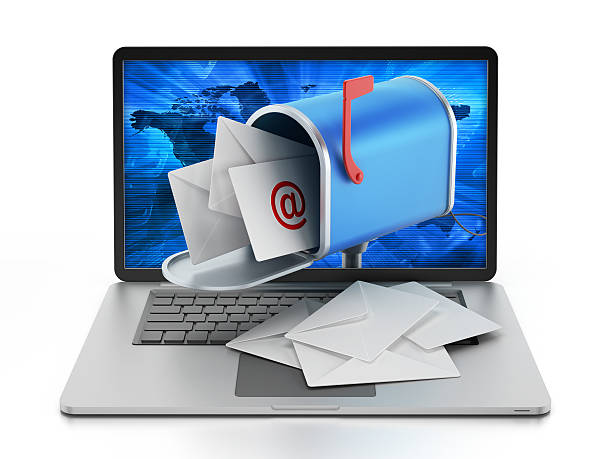An email server is software that sends and receives emails. When you send emails, they go through a series of steps before they can reach their destination. Thanks to technology, this can happen in a second, but there is so much complexity involved in sending and receiving emails.
An email server is sometimes also used as a general term for mail transfer agents (outgoing email servers) and mail delivery agents (incoming email servers). These two servers perform slightly differing functions but are part of the mail server.
Without email servers, people cannot send and receive messages to and from other email clients, which is crucial for communication. Email communications involve complete processes and protocols, but an email server is a full program with different services and applications; based on their actions, it can be categorised as an incoming or outgoing email server.

Incoming Email Server
An incoming mail server is responsible for storing emails and sending them to the user’s inbox using different protocols such as Internet Message Access Protocol (IMAP) or Post Office Protocol 3 (POP3).
Outgoing Email Server
An outgoing mail server handles mail delivery. It starts with authentication; the email client used to send the email, such as Outlook or Gmail, must certify itself with the outgoing email server for authentication. The message is then formatted, encoded, and sent to the recipient server, where it will be delivered.
Do Email Servers Block Malicious Email Messages?
Any message can be sent over an email, and most email servers do little to prevent phishing messages, malware and other malicious emails from attackers; they only confirm if the emails come from where they claim they are from using protocols like DMARC, DKIM, and SPF. However, to cover this security gap, some email providers use spam filters, scan suspicious elements and implement encryption to prevent attackers from manipulating email messages.